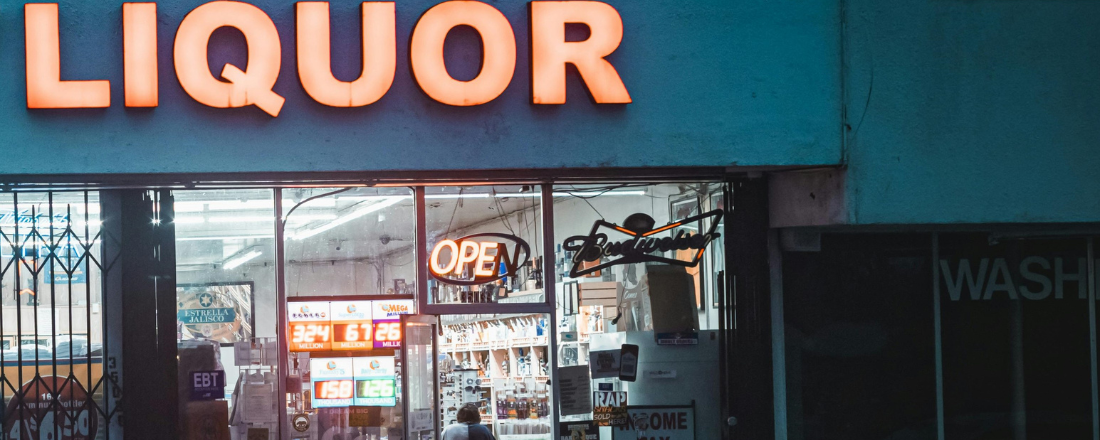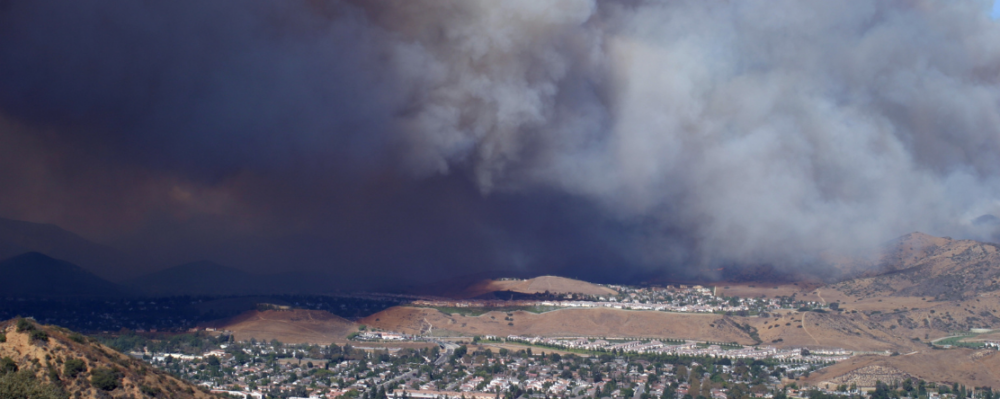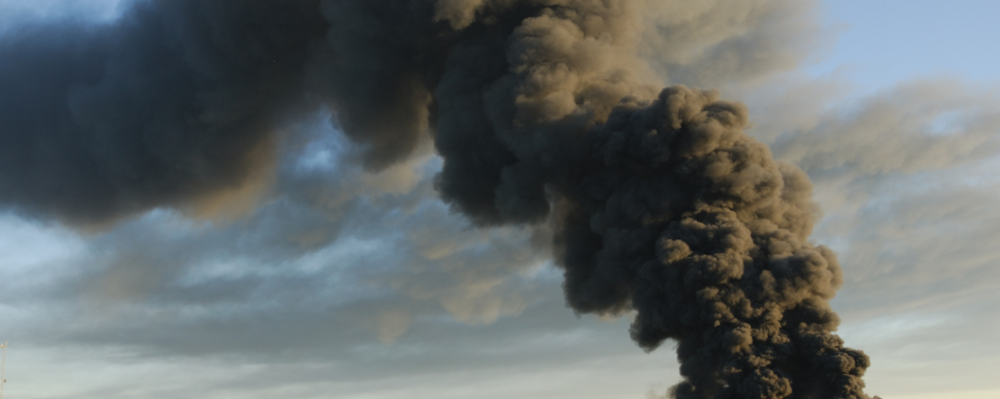
In the News
PHI’s Dr. Pamela Trangenstein Discusses Connections Between Alcohol and Violence
- The Trace
-
Issues
Alcohol, Violence Prevention -
Expertise
Public Policy Advocacy, Research – Survey -
Programs
Alcohol Research Group

“Alcohol is an overlooked factor in many shootings. Baltimore has tried harder than any other American city to disrupt the link.
The block in East Baltimore where Ashley Long was shot and killed in 2017 is desolate, even by the standards of the surrounding neighborhood.
In the seven years since Ashley’s death, there have been 15 more shootings and three people killed on the 700 block of North Rose Street, according to the police. That makes it one of the most dangerous spots in Baltimore. It’s only a half mile from the high-tech facilities of the Johns Hopkins University Hospital, but in 2017, the most recent year for which data is available, life expectancy here was 69 — a decade lower than the national average.
The night before Ashley was killed, she and friends had stayed out late clubbing, according to Long. Like most killings, Ashley’s was the tragic product of a complicated set of factors, including a young man primed to retaliate, and with easy access to a handgun. But it’s also notable that it took place in a neighborhood saturated with alcohol businesses.
Decades of research has shown that alcohol contributes to violence in a couple of ways. Where alcohol businesses cluster, violence follows. And although most people who consume alcohol do so safely, people who have been drinking are also more prone to conflict. Perpetrators of homicide are rarely apprehended in time to measure their toxicology, but a global meta-analysis found that about half of killers were under the influence of alcohol at the time of their crimes.
Both scientists and community leaders insist that drawing a connection between alcohol and violence is not about blaming victims. If anything, they say, it spotlights how alcohol’s availability in a neighborhood is shaped by policies beyond the reach of any individual resident.
Excessive drinking is no more common in Baltimore than elsewhere in the state, according to the data. But because the city has long endured an extraordinarily high rate of gun violence, public health scientists there have dug into the role that alcohol sales play in fueling it. And residents and a few policymakers have pushed reforms that are more creative and ambitious than in any other American city.
Alcohol never pulls a trigger, but it is a contributing factor in far more shootings than many people realize. Drinking leads to disinhibition, which can make people more aggressive and also easier to victimize, according to Dr. Pamela Trangenstein, who in 2018 wrote her public health dissertation on alcohol outlets in Baltimore.
But alcohol commerce also shapes the environment in which victims and perpetrators interact. When alcohol is sold for off-premise consumption, it encourages patrons to loiter and drink nearby, which can be a recipe for conflict. Less obviously, said Trangenstein, as neighbors see norms and regulations being flouted this way, it can eat away at a community’s collective sense of order, further unraveling the social fabric.

Alcohol outlets bring people together in ways that other types of places don’t.Pamela Trangenstein, PhD
Scientist, Alcohol Research Group, Public Health Institute
In a study published in April in JAMA Internal Medicine, Trangenstein and other researchers tracked violence in McCray’s district and otherwise similar areas in western Baltimore, and found the change was associated with a 24 percent decrease in violent crime within 800 feet of any alcohol outlet (including taverns subject to the bill that sell alcohol for both on-and-off-premise consumption, and liquor stores that were not subject to it).”
Click on the link below to read the full article.
Originally published by The Trace
More Updates
Work With Us
You change the world. We do the rest. Explore fiscal sponsorship at PHI.
Support Us
Together, we can accelerate our response to public health’s most critical issues.
Find Employment
Begin your career at the Public Health Institute.



